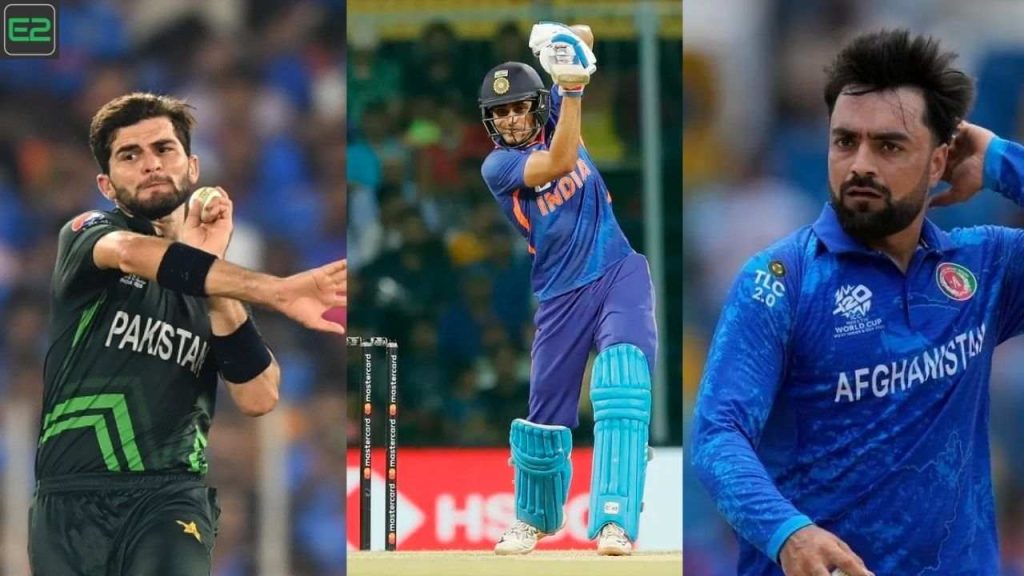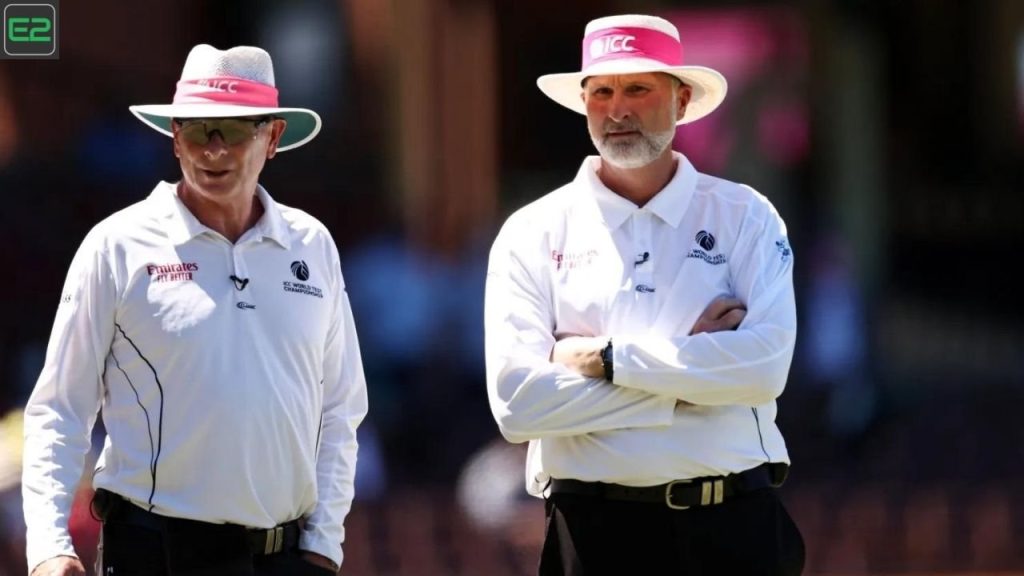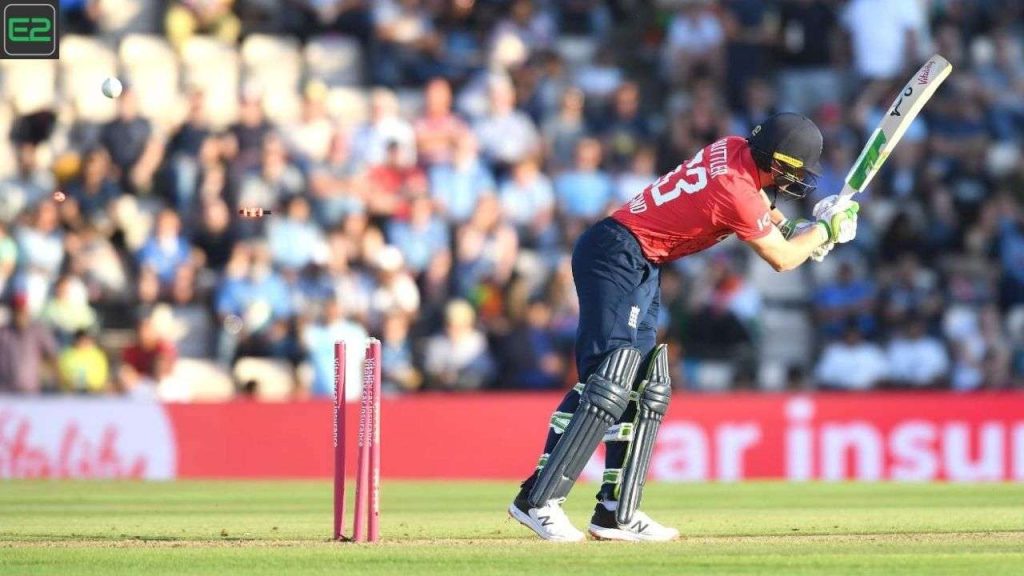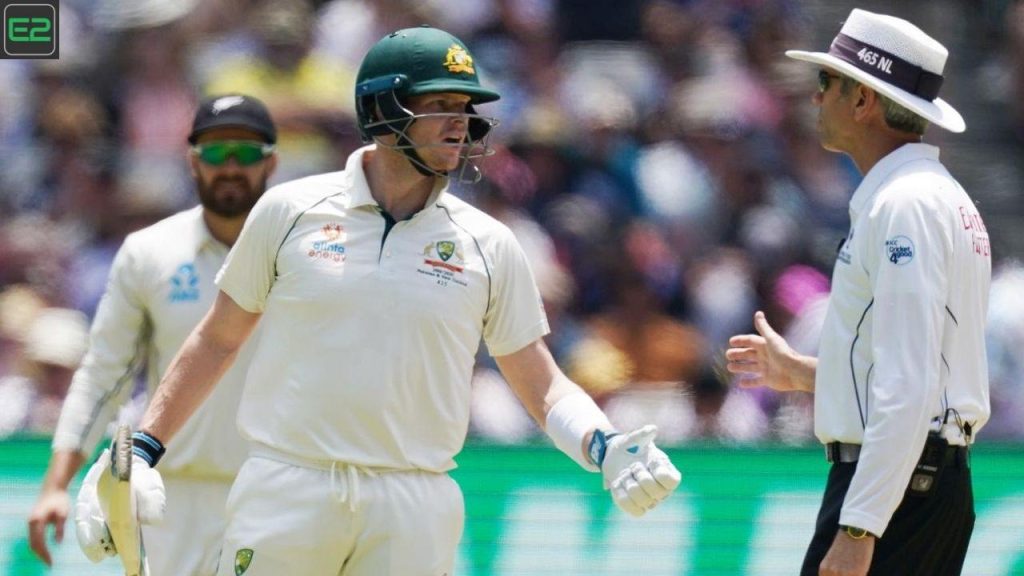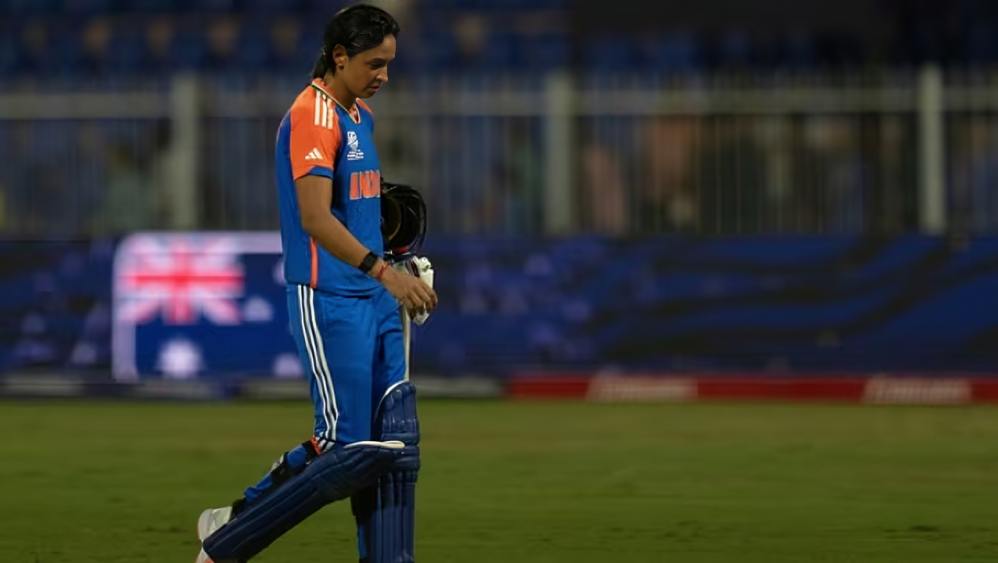The Feroz Shah Kotla Stadium, officially known as Arun Jaitley Stadium, is one of the most iconic and historic cricket grounds in India. Located in the heart of Delhi, this stadium has hosted numerous memorable cricket matches and is a prominent venue for international and domestic cricket events. One of the key factors that play a significant role in a cricket match is the boundary length, which can greatly influence the style of play, the type of shots played, and the overall strategy of the game.
In this article, we will delve into the boundary length of the Feroz Shah Kotla Stadium, examining how it compares with other iconic cricket grounds, its impact on the game, and the regulations that govern boundary dimensions in professional cricket.
1. Introduction to Feroz Shah Kotla Stadium
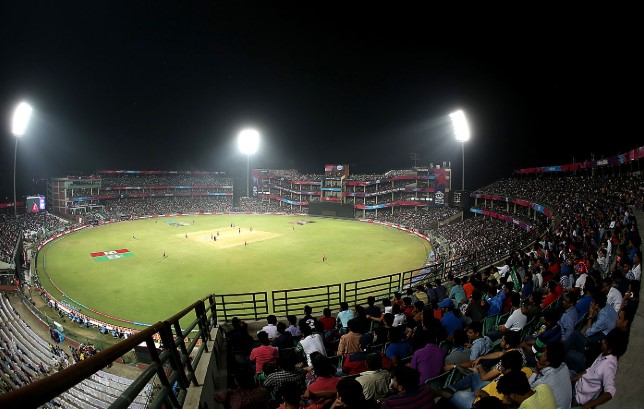
The Feroz Shah Kotla Stadium, established in 1883, is one of the oldest cricket grounds in India. Over the years, it has undergone several renovations to improve its facilities and maintain international standards. The stadium has hosted a wide range of cricket matches, including Test matches, One Day Internationals (ODIs), and Twenty20 (T20) games.
It is known for its historical significance, being the home ground for the Delhi Capitals in the Indian Premier League (IPL) and serving as a venue for numerous international teams. The stadium is also renowned for its pitch conditions, which are known to favor spinners, particularly in the longer formats of the game.
2. Understanding the Concept of Boundary Length
The boundary length refers to the distance between the center of the pitch and the boundary line, which marks the edge of the playing area. In cricket, hitting the ball beyond the boundary for four runs or six runs is considered one of the most exciting events in a match.
The standard boundary length is typically defined by the cricket board or governing body for the respective stadiums, with some variations allowed to suit the unique characteristics of each ground. The boundary length can impact the game in various ways, including determining the number of boundaries hit during a match and influencing the overall strategy of the teams involved.
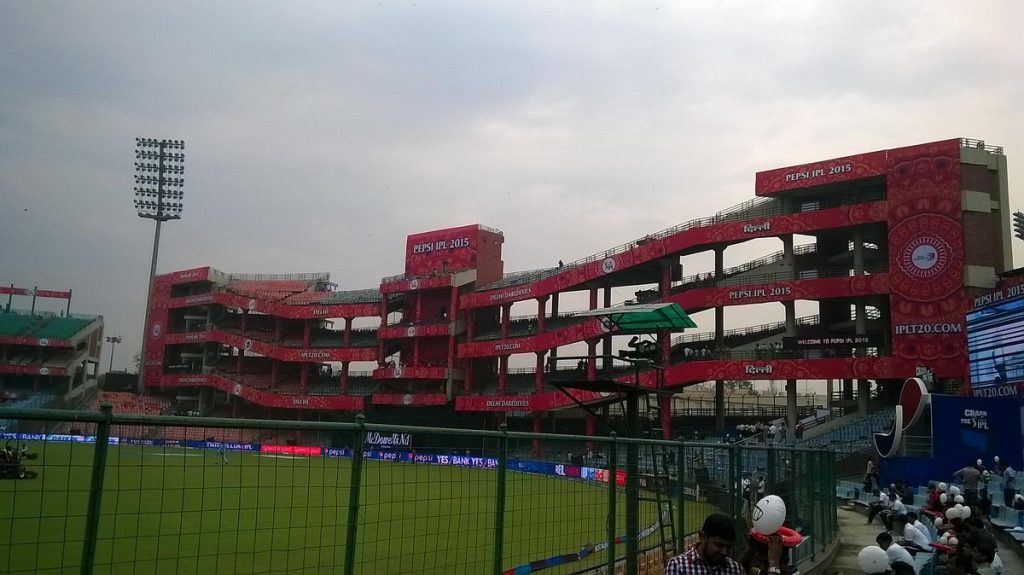
3. Boundary Length at Feroz Shah Kotla
The boundary length at the Feroz Shah Kotla Stadium is one of the most debated aspects among cricketers, analysts, and fans alike. The standard boundary length is generally between 55 to 70 meters for international games, but stadiums like the Feroz Shah Kotla have slightly varied dimensions depending on the shape of the ground.
As of recent matches, the boundary length of Feroz Shah Kotla is approximately:
- Straight boundary: Around 66 meters
- Square boundary: Between 60 to 65 meters
These measurements place the Feroz Shah Kotla within the standard range for international cricket venues. The straight boundary, measuring about 66 meters, is fairly consistent with most other cricket stadiums worldwide. However, the slightly shorter square boundaries provide an interesting dynamic for batsmen who favor hitting square of the wicket.
4. Boundary Length Comparison: Feroz Shah Kotla vs. Other Stadiums
To better understand the boundary length at Feroz Shah Kotla, let’s compare it with other famous cricket stadiums worldwide. The following table outlines the boundary lengths of some iconic cricket grounds:

| Stadium | Straight Boundary Length | Square Boundary Length |
|---|---|---|
| Feroz Shah Kotla (Delhi) | 66 meters | 60-65 meters |
| Eden Gardens (Kolkata) | 65 meters | 65 meters |
| Wankhede Stadium (Mumbai) | 60-65 meters | 60 meters |
| Melbourne Cricket Ground (MCG) | 70 meters | 65 meters |
| Lord’s Cricket Ground (London) | 67 meters | 60-62 meters |
| Sydney Cricket Ground (SCG) | 61 meters | 59 meters |
As seen in the table, the boundary length at Feroz Shah Kotla falls within a similar range to other major international stadiums. The straight boundaries in most cricket grounds tend to be a little longer, while square boundaries are often slightly shorter, providing batsmen the opportunity to hit boundaries on the off-side and leg-side.
5. Factors Affecting Boundary Length at Feroz Shah Kotla
Several factors contribute to the boundary length at the Feroz Shah Kotla Stadium. These include:
- Field Shape and Dimensions: The shape of the playing field can influence the boundary length. Some grounds are oval, while others are circular, affecting the measurement of both straight and square boundaries.
- Outfield Conditions: The quality of the outfield, such as its grass length and smoothness, can also impact boundary length. A well-maintained outfield allows the ball to travel farther, whereas a damp or heavy outfield can restrict the ball’s distance.
- Stadium Infrastructure: The presence of stadium structures like stands, seating arrangements, or fences can sometimes determine how far the boundary can be drawn. Stadiums that are newly constructed or renovated may have different boundary lengths due to space constraints.
- Wind Conditions: In open-air stadiums, wind conditions can play a role in how far a ball travels. A stadium located in a region with high winds may have shorter boundaries as the wind assists the ball in traveling further.
- Regulations: Cricket governing bodies, including the International Cricket Council (ICC), set specific guidelines regarding the minimum and maximum boundary lengths. This ensures uniformity in international cricket.
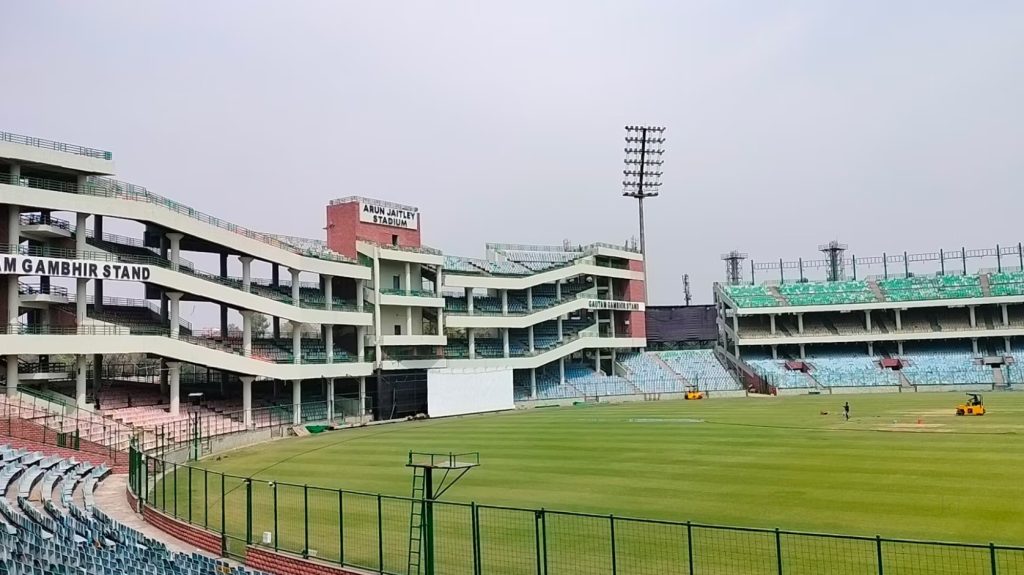
6. Impact of Boundary Length on the Game
The boundary length of a stadium can have a significant impact on the style of play during a match. Here’s a breakdown of how the boundary length affects the game at Feroz Shah Kotla:
- Batting Strategy: A shorter boundary encourages aggressive batting, particularly in formats like T20 cricket, where power-hitters look to clear the boundary with ease. On the other hand, a longer boundary demands more precise shots and better placement, especially in Test and One-Day formats.
- Bowling Tactics: Bowlers must adjust their strategies based on the boundary length. For instance, a bowler may prefer to bowl more yorkers or slower deliveries when the boundary is shorter, while opting for a fuller length or targeting the off-stump when the boundary is longer.
- Fielding Positioning: Field placement also changes according to the boundary length. In shorter boundaries, fielders are often placed near the boundary line to cut off potential boundaries, while on longer boundaries, fielders may stand deeper or in more conventional positions.
- Records and Milestones: Stadiums with shorter boundaries often witness higher run rates and more sixes. This is why grounds like Feroz Shah Kotla, with slightly shorter square boundaries, may have a higher likelihood of batsmen hitting boundaries, leading to exciting cricket matches.
7. Boundary Length Regulations in Professional Cricket
- Minimum Boundary Length: The boundary must be at least 55 meters from the center of the pitch.
- Maximum Boundary Length: The boundary can be as long as 70 meters, although the specific length depends on the design of the ground and local regulations.

The Feroz Shah Kotla Stadium, with a boundary length that falls within this range, adheres to these regulations, ensuring that the stadium is compliant with international standards.
The Feroz Shah Kotla Stadium, with its rich history and iconic status, continues to be one of the most important venues in Indian cricket. The boundary length at this stadium, ranging from 60 to 66 meters, plays a key role in shaping the nature of cricket played at this ground. With slightly shorter square boundaries, the stadium provides a unique challenge for both batsmen and bowlers.
As one of the premier cricket stadiums in India, Feroz Shah Kotla continues to evolve, and its boundary dimensions may change with future renovations. However, for now, it remains a key player in the landscape of international cricket, offering a balanced and exciting experience for players and fans alike.



